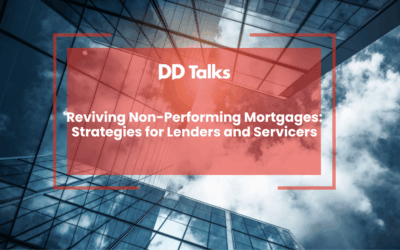Asset Recovery & Litigation Funding: Strategies for Maximizing Value
Asset recovery and litigation funding are essential in managing financial risks and resolving legal disputes. Effective strategies in these areas can significantly impact an organization’s ability to recover value and navigate complex legal environments. This article explores the key strategies for optimizing asset recovery and litigation funding processes.
Understanding Asset Recovery
Asset recovery involves locating and reclaiming assets that have been lost, stolen, or wrongfully taken. This process is crucial in cases of fraud, bankruptcy, or legal disputes where reclaiming assets is necessary to compensate for losses or satisfy legal judgments.
Key Strategies for Asset Recovery:
- Thorough Investigation: Conduct a comprehensive investigation to locate and assess the assets. This includes tracing financial transactions, analyzing asset ownership, and identifying potential jurisdictions for recovery.
- Utilize Technology: Leverage advanced data analytics and forensic accounting tools to track and uncover hidden assets. Technology enhances the efficiency and effectiveness of asset recovery efforts.
- International Cooperation: Collaborate with international legal and financial experts if assets are located in multiple jurisdictions. Navigating cross-border regulations is crucial for successful recovery.
- Legal Action: Pursue legal avenues such as asset freezing orders or enforcement of judgments to secure and recover assets. Experienced legal professionals can craft effective strategies and navigate complex legal landscapes.
- Negotiation and Settlement: Consider negotiating settlements with parties involved to achieve quicker and more favorable outcomes. Mediation and arbitration can also be viable options for resolving disputes.
Understanding Litigation Funding
Litigation funding, or third-party funding, involves providing financial support for legal proceedings in exchange for a portion of the settlement or judgment. This is valuable for parties lacking resources to finance lengthy and costly legal battles.
Key Strategies for Effective Litigation Funding:
- Assess Funding Needs: Determine the exact amount of funding required to cover legal expenses and other related costs. Evaluate the potential duration of the litigation and associated risks.
- Choose the Right Funders: Select litigation funders with a strong track record and expertise in your specific area of dispute. Conduct due diligence to ensure alignment with your interests.
- Understand the Terms: Review the terms of the funding agreement carefully, including the percentage of the settlement or judgment allocated to the funder. Clear and favorable terms are essential to avoid surprises.
- Strategic Planning: Develop a strategic plan for the litigation process, including timelines, key milestones, and potential settlement options. This helps manage expectations and ensure effective use of funding.
- Monitor and Report: Keep funders informed of the litigation progress and significant developments. Regular reporting maintains transparency and builds trust with the funding partner.
Combining Asset Recovery and Litigation Funding
Asset recovery and litigation funding are often interconnected. Effective litigation funding can support asset recovery efforts by providing resources for legal actions and enforcement of judgments. Conversely, successful asset recovery can enhance the value of litigation funding by improving the likelihood of favorable outcomes.
Strategies for Maximizing Value:
- Integrated Approach: Adopt an integrated approach where asset recovery and litigation funding strategies are aligned and mutually supportive. This leads to efficient resource use and better results.
- Expert Collaboration: Work with legal and financial experts specializing in both asset recovery and litigation funding. Their expertise can provide valuable insights and help in devising effective strategies.
- Risk Management: Implement robust risk management practices to mitigate potential losses and uncertainties. Assess risks associated with asset recovery and litigation funding and develop contingency plans.
- Optimize Returns: Focus on maximizing returns from recovered assets and litigation settlements. Manage recovered assets carefully and negotiate settlement terms to ensure the best possible outcome.
Asset recovery and litigation funding are critical in managing financial risks and resolving legal disputes. Employing strategic approaches and leveraging expert knowledge can enhance an organization’s ability to recover value and navigate complex legal environments. Balancing these strategies with a focus on long-term goals and risk management leads to successful outcomes and improved financial stability.
NPL & Distressed Debt Markets UK and Ireland




0 Comments